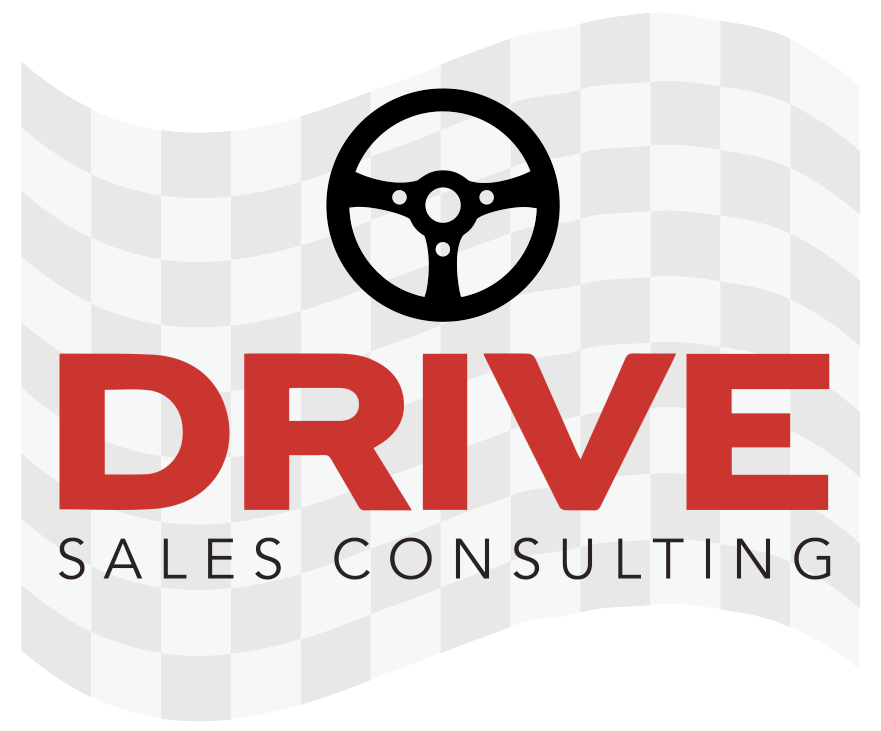Two fighters enter a steel cage. Both hungry, strong and determined. The door is locked. Lights dim. Hearts race. The stakes are high – life or death.
As a salesperson, do your contract negotiations ever feel like this? You strap on the body armor, smear war stripes across your face and crush bricks into powder?
Some of these feelings are due to the physical reaction that comes in any high-pressure moment. Your body produces cortisol, and your brain sends a message to prepare for battle.
Leave the arena, however, and consider the following question: what makes a negotiation successful? Your mind probably goes to the phrase “win-win.” According to the Harvard Negotiation Project, a win-win negotiation is one where each party gains an outcome that is better than what the parties would do without an agreement. Both parties win, and the process feels collaborative, mutual, relationship-building. Hmmm…that doesn’t sound like a cage match.
How do you get from cage match to collaboration?
The first step is acknowledging that many negotiations are win-lose. And in my experience, at least, salespeople are typically on the losing side of these transactions. Win-lose outcomes are unsustainable in business relationships because at some point the salesperson (or his manager) realizes he is better off doing no deals, rather than unprofitable ones, with this counterparty. To recoup his losses before walking away, the salesperson might resort to reducing service levels and flexibility, excluding the client from special events or taking a more combative approach at the next negotiation.
Achieving win-win, or mutual gains, outcomes requires a different mindset – one that is centered around collaboration versus competition. Here are my top tips to prepare for success:
1. Set clear relationship goals: visualize the relationship -- after the negotiation.
2. Know your value: being clear on what a client gains from working with you, versus others, improves confidence and poise.
3. Bring alternatives: feeling that you must win a deal at any cost ensures that winning will indeed cost you. Realize the benefits of walking away, including more respect and less resentment; and more time to advance more profitable opportunities in your pipeline.
4. Explore interests: engaging your questioning and listening skills enables you to separate each party’s interests from their positions, and creates opportunities to find other ways to gain a win for both parties.
5. Seek trades: if you must give on any deal point, be sure to link that give to a get for you.
6. Find your patience: simple behaviors such as committing to a good night’s sleep, reducing caffeine intake, increasing hydration, and breathing can enable you to hang in there when clients test your will, according to Sandy Dalis, CRAVE Nutrition.
Leaders, you can support your salespeople in the following ways:
1) test them to be sure they don’t open with their best offer, 2) role play with them so they feel prepared and practiced, 3) show compassion and support sourced from when you faced the same pressure, 4) check in to convey the importance of closing business on profitable and mutual gains terms, and 5) challenge them to see how much they can keep above their walkaway price.
Negotiation can often feel like a cage match – given your counterparty’s approach or your own mindset. Leverage the tips above to arrive at the negotiating table – neither to compete nor to cave – but rather to collaboratively find mutual gains outcomes.













